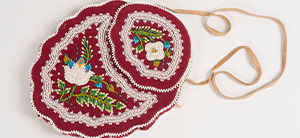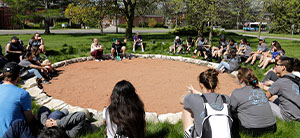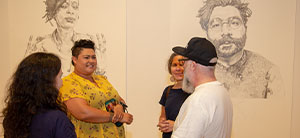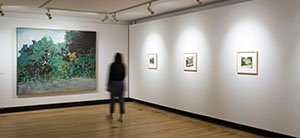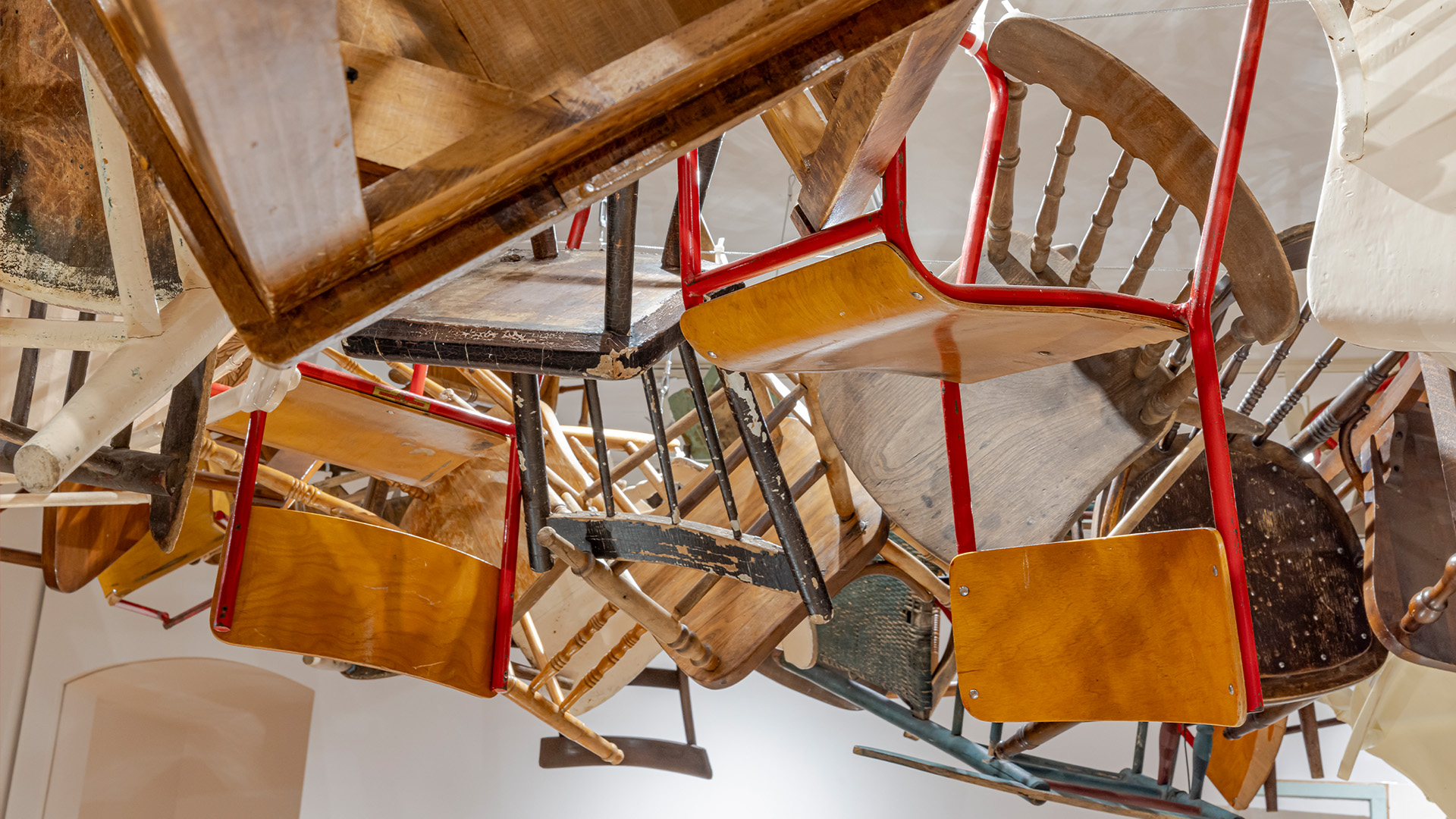
Spectacle and Space
One of the core concepts of geography is that the world operates spatially, and that life doesn’t operate independently or outside of place and environment. It is, rather, thoroughly grounded in and through them. This summer, the Art Gallery of Guelph’s exhibitions have taken on the fundamental idea of place – not simply as a location or a straightforward point in space, but as a social concept, drawing attention to how place is produced and to the people, processes, and practices involved. If you haven’t seen them yet, now is the time, as the summer season is wrapping up soon. While the artists featured – Alison Norlen and José Luis Torres – are based in Saskatchewan and Quebec respectively, both of their exhibitions explore a landscape closer to home – Guelph – bringing their unique creative and critical practices to bear on elements of daily life in this community.
Alison Norlen’s meticulously detailed, large-scale drawings often explore built landscapes. She is particularly fascinated by historical and spectacular architectures, from roadside attractions and amusement parks like Coney Island to obsolete feats of engineering like the zeppelin or Crystal Palace. In Armatures and Imaginaries, on view now on the first floor, Norlen takes a look at iconic sites and symbols that have been key to both the evolving terrain and image of Guelph: quarry structures central to the city’s industry, an early iteration of the footbridge that connected workers in the Ward to downtown, the wire crown once suspended over St. George’s Square, the city’s covered bridge, and more. Over five days on site, she also created a three-dimensional sketch of a carousel that fills one wall, a response to the well-loved antique carousel located in Riverside Park. Norlen is not precious about her work: the carousel, for example, is very much a sketch, a work in process, and is flanked by archival source materials and sketches that informed all of her drawings – a glimpse of her studio walls. Composed of a mix of acrylic, oil, charcoal and chalk pastel, her huge drawings are simply stapled to the wall and open to daylight, as the clerestory window intentionally becomes part of the drawing Covered Bridge that wraps around it.

For Norlen, these drawings are more about process than product, and call our attention to the very act of producing this place called Guelph. While her structures are informed by archival detail, their spatial and temporal coordinates are vague and elusive, suspended somewhere between built or unbuilt – are they futuristic or are they ruins? That’s the crux of the question for Norlen – where are we at any given moment in the process of construction, deconstruction, and reconstruction? And once this question is cracked open, we are faced with a series of anachronisms. The covered bridge, built from a renowned design by engineer Ithiel Town in the 1820s, was actually constructed in 1992. The antique carousel, in operation since 1919, was acquired and installed in Guelph in 1970. The crown suspended over St. George’s Square for two decades to speak to the identity of Guelph as the “Royal City” was purchased from a city in Texas in 1960, part of a set of seasonal decorations and made of wire and holiday lights. The quarries that relied on layers of local geology were abandoned almost a century ago once resources were depleted. Histories like this, real and imagined, are important for every built landscape and urban setting as part of the process of “city building” and both sophisticated and unsophisticated boosterism efforts to enhance a city’s image and entice broader development.
Inserted in this exhibition is a series of paintings and sketches by artist Evan Macdonald who, after his discharge from the army in 1945, returned to Guelph and began chronicling the loss of many 19th and early 20th-century buildings of the midcentury city, including the demolition of its Opera House and Carnegie Library. A significant collection of these works was given to the Art Gallery of Guelph by the artist’s family after his death in 1972, offering a unique record of the city’s architectural “archaeology” and changing landscapes. Highlighting the fact that urban transformation is not new but ongoing, the work of both Norlen and Macdonald speaks to how architectures are narrative forms, critical sources of story, and of memory.
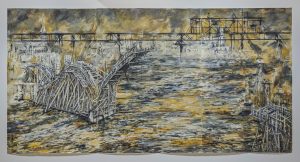
Across the second floor, the work of José Luis Torres also explores the importance of architecture as archive, but from the perspective of “unsettlement” as opposed to settlement. Born in Argentina, Temporary Territories emerges from Torres’ personal experience with migration, composed of epic constructions that evoke the unstable, precarious conditions at the heart of both immigration and exile. Repurposing found/discarded materials like doors, windows, mirrors, and chairs, he has transformed the galleries with large-scale installations that rebuild these familiar objects into haphazard yet spectacular structures. The point of his DIY architectures is to make us question the idea of home, as these objects usually associated with sedentary spaces of stability and belonging here evoke informal settlements and nomadic spaces that are characterized by risk and vulnerability. For Torres, this geography of temporary territories provides insight into the dislocation and relocation associated with cross-border movement and migration generally, connecting the local to what is happening in a global context.
The objects themselves are very important. Sourcing his materials within the community – from individuals and families, as well as ReStore (a project of Habitat for Humanity) and Circle Home Furniture Bank (an initiative of Danby Appliances to support newcomers) – the intent is to preserve their association with local ways of life. Torres uses strategies of “making do” deeply familiar to immigrants and migrants as they shape and are reshaped by new territories. Though we hold onto things – belongings, treasures, keepsakes – even those that hold personal, family, or historical significance can become displaced or lost, whether through forced or voluntary movement, climate or environmental disaster, or simply time and change. As items move from hand to hand to hand to be used in ever new contexts, it becomes clear that the intersections of object and human biographies are truly transient and temporary. For Torres, as a result, it is important that the objects go back into the community to continue this cycle: all materials will be dispersed into old and new hands at the end of the exhibition.
These ideas of place and space, memory and archive, borders and migration, as well as settlement and unsettlement, are ongoing research threads for the gallery, informing upcoming exhibitions as well. Join us for the launch of our fall exhibitions on Thursday, September 21, at 5:30 pm.
Shauna McCabe, Executive Director
José Luis Torres: Temporary Territories is on view at the Art Gallery of Guelph until September 1 and is organized with the support of the Canada Council for the Arts and the Ontario Arts Council as well as partnership support from Circle Home Furniture Bank, an initiative of Danby Appliances, and ReStore, an initiative of Habitat for Humanity.
Alison Norlen: Armatures and Imaginaries is on view until September 10 and is organized and presented by the Art Gallery of Guelph with the support of the Ontario Arts Council and the Canada Council for the Arts.
About the Art Gallery of Guelph
The Art Gallery of Guelph (AGG) is one of Canada’s premier public art spaces, engaging audiences with innovative artists and ideas from around the world. Through a rigorous and collaborative artistic program that positions visual culture in an ever-changing cultural landscape, the gallery supports social exchange and shapes public discourse. Located in one of Canada’s leading innovation-rich and socially engaged urban environments, the gallery offers compelling artistic encounters and contributes to a thriving national artistic climate through global connections that foster and proliferate creativity and imagination. For more information, please visit artgalleryofguelph.ca.
Media Contact
Nicole Neufeld
Community Engagement Coordinator
519-837-0010 ext. 2
nneufeld@artgalleryofguelph.ca
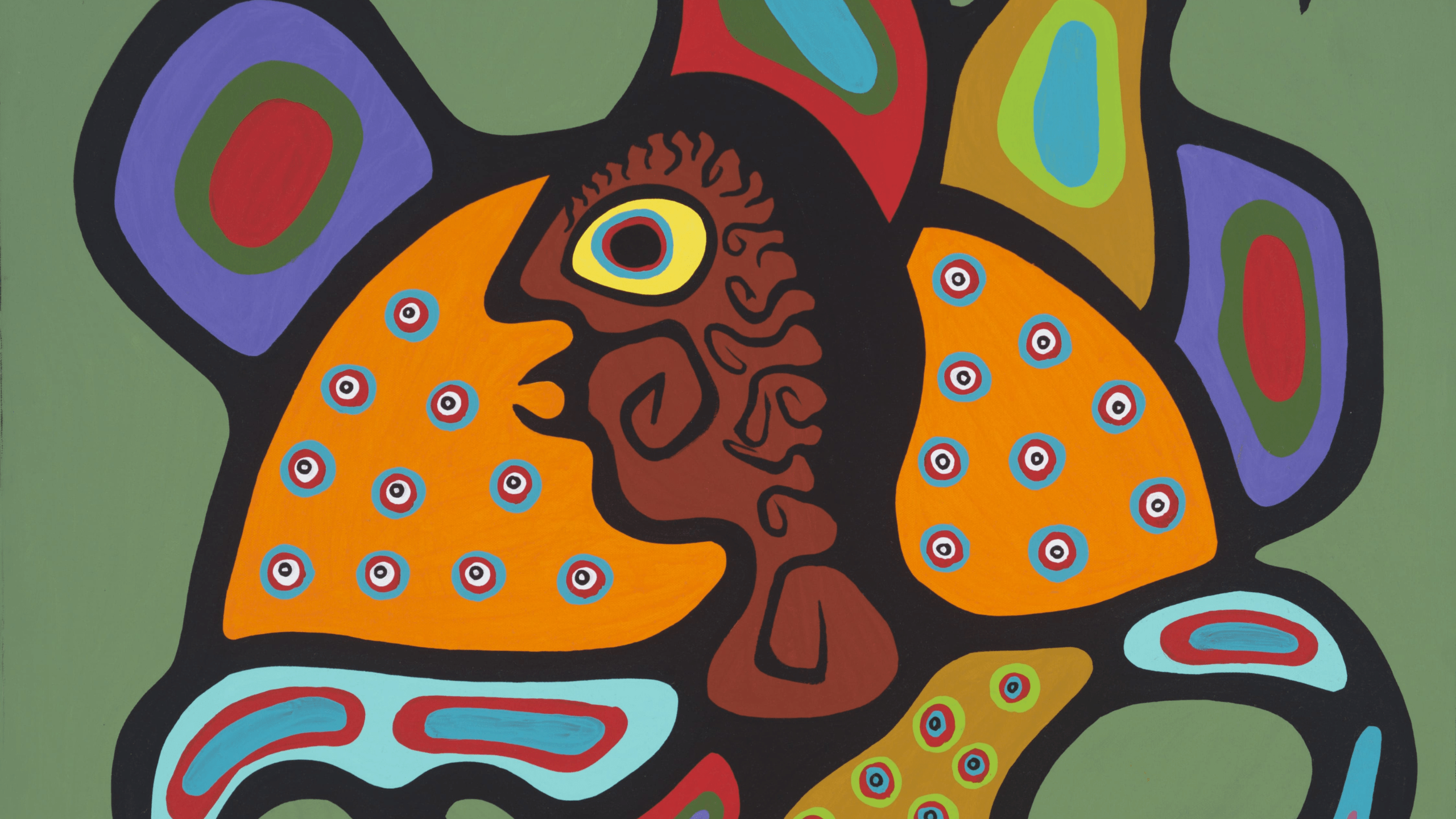
news
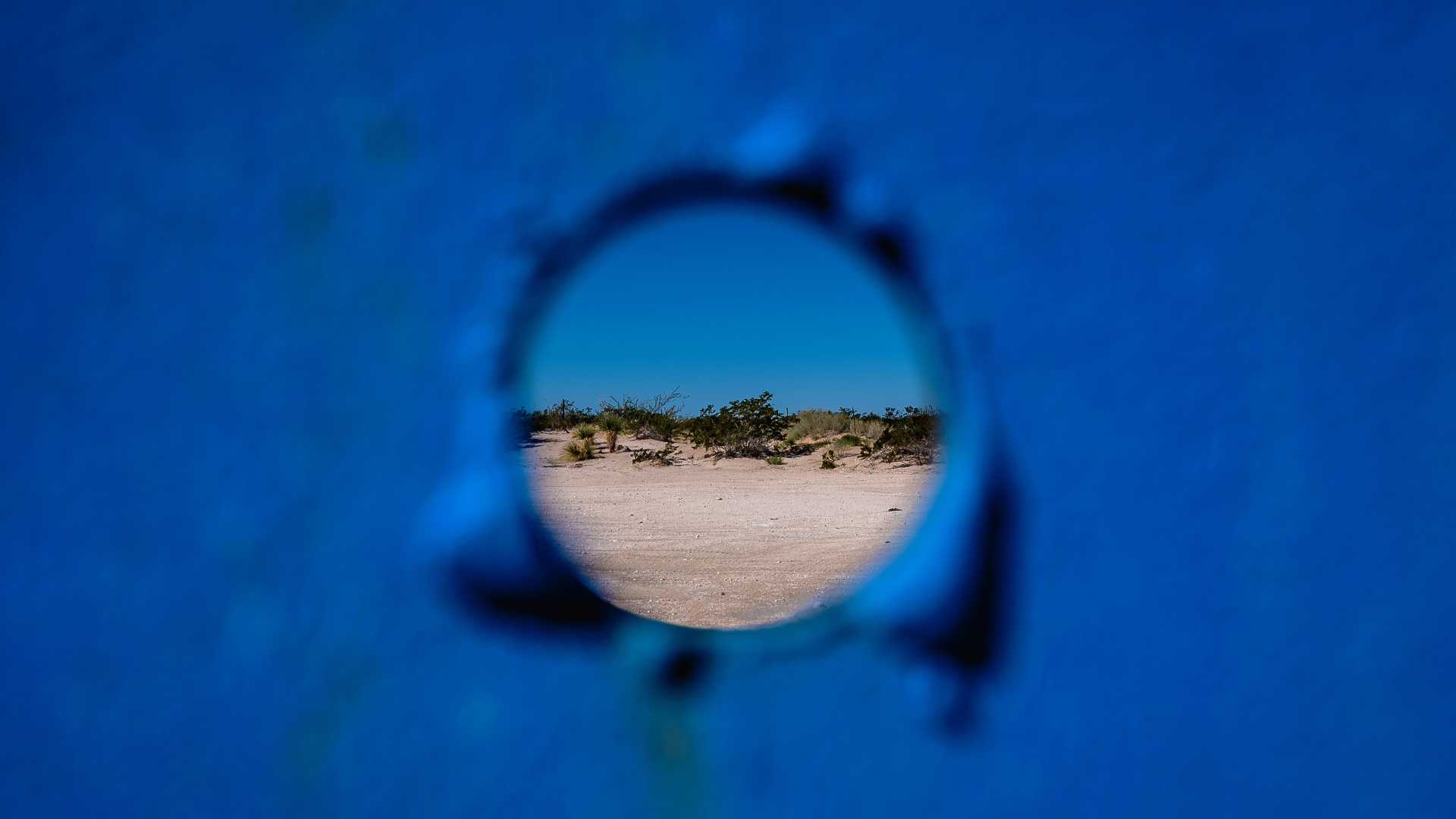
news

news
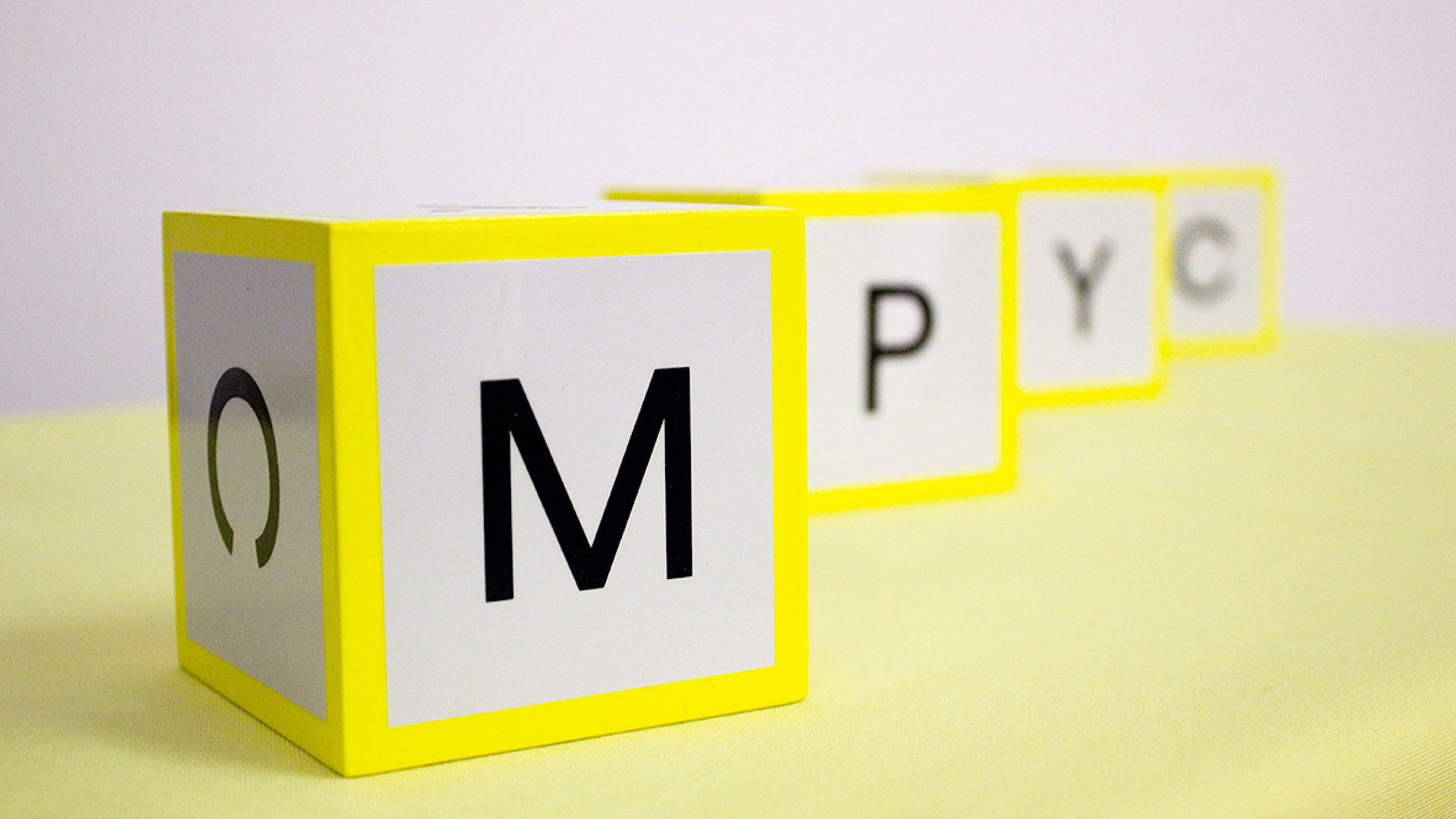
news

news

news

news
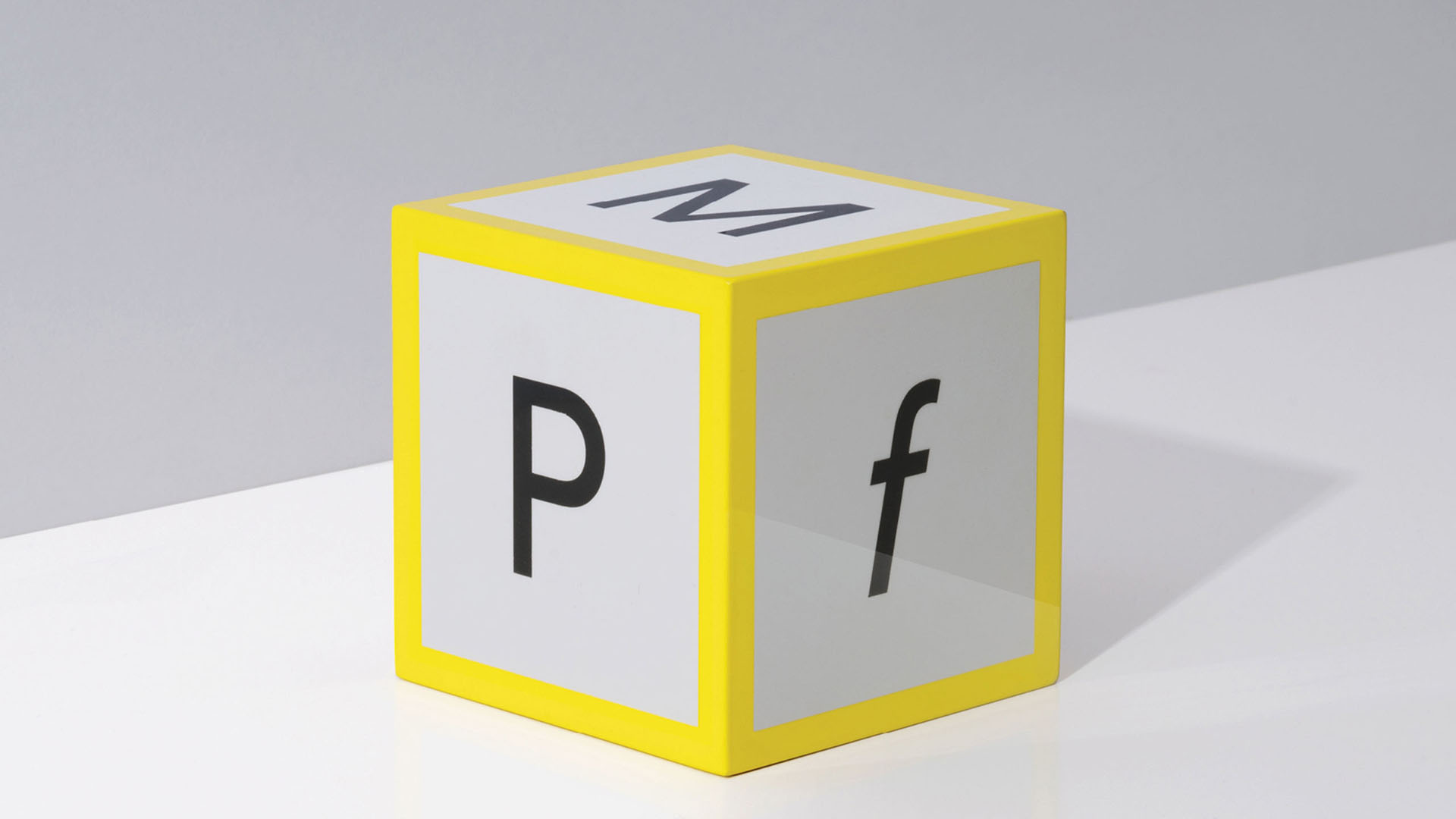
news



